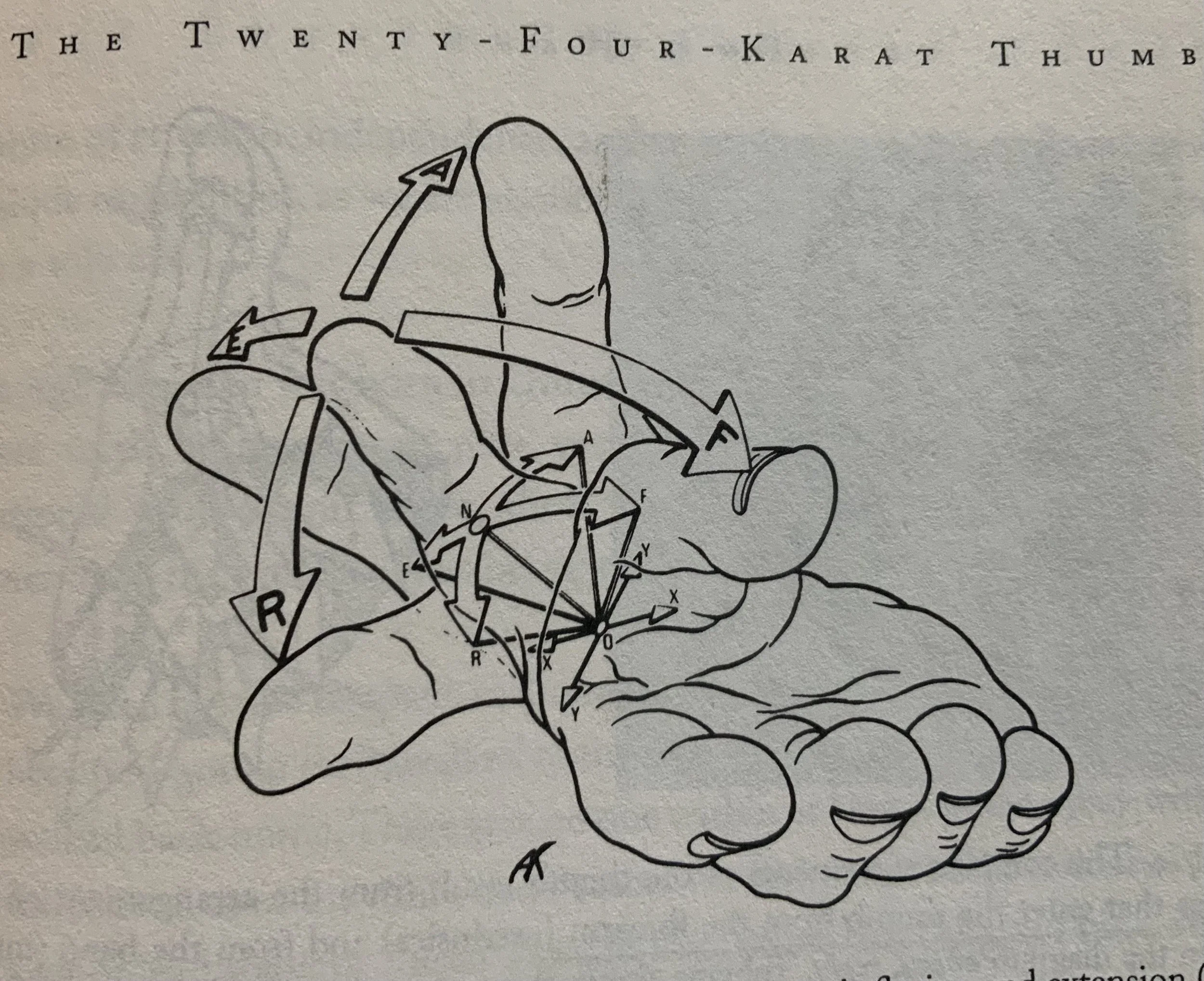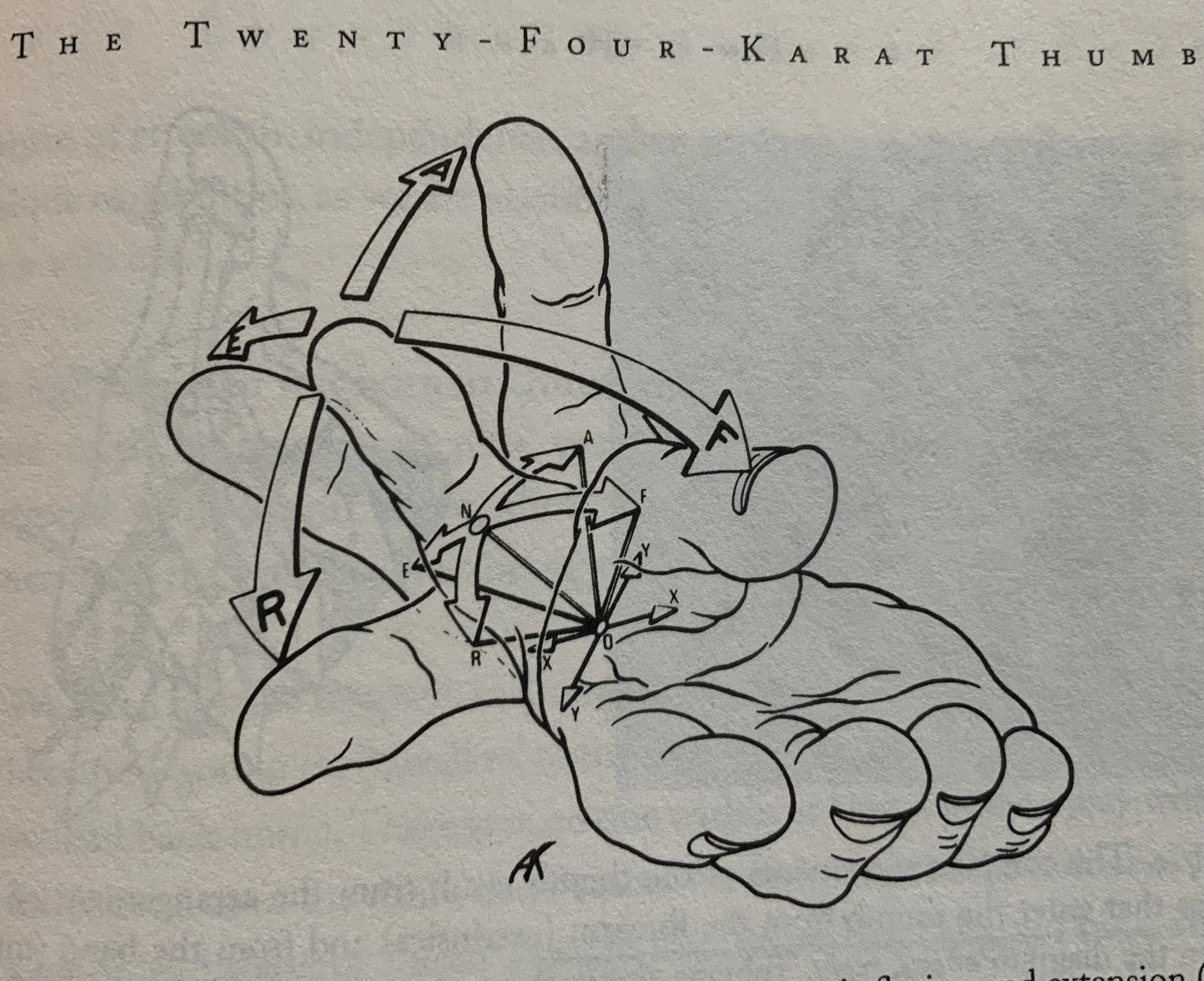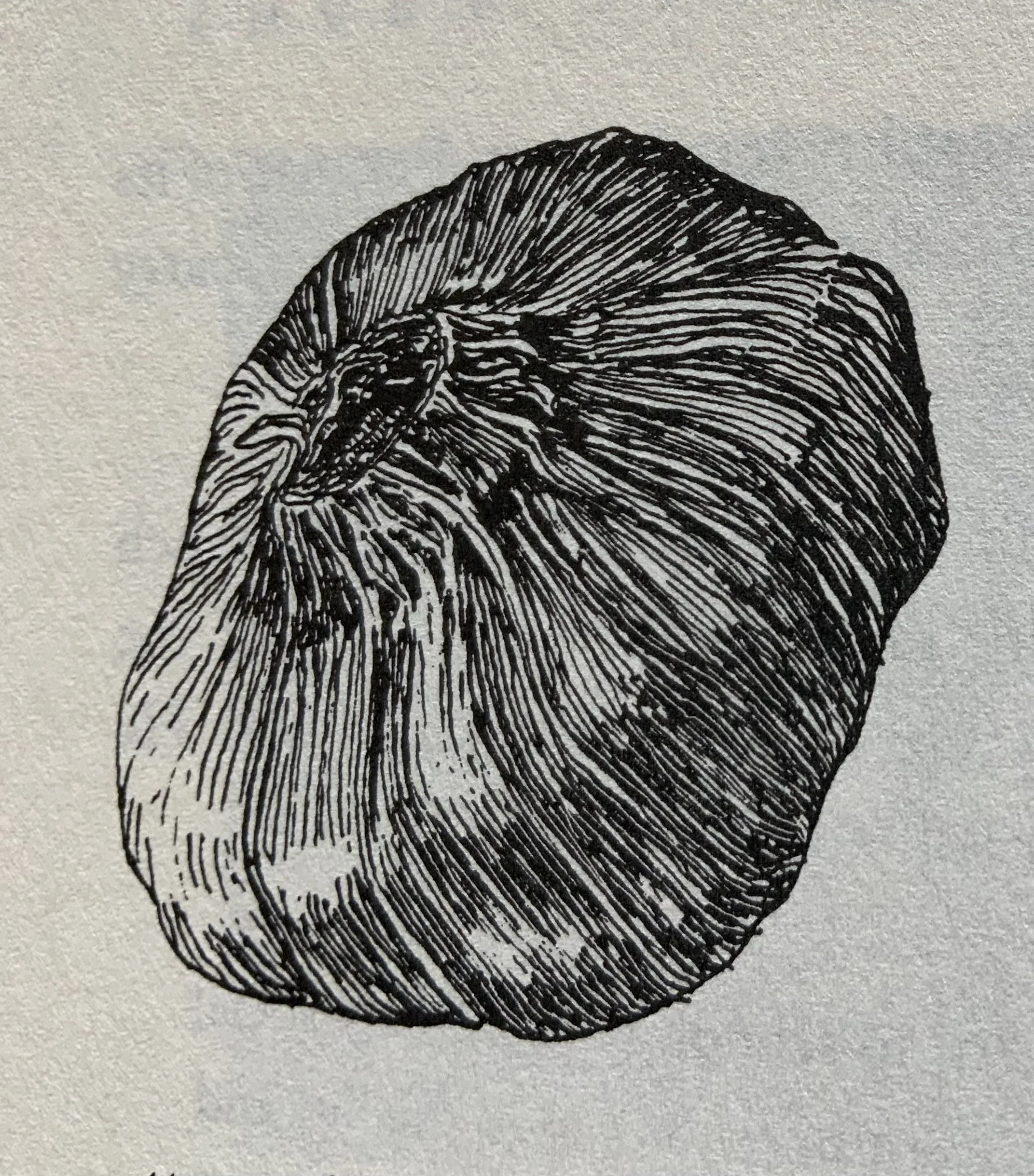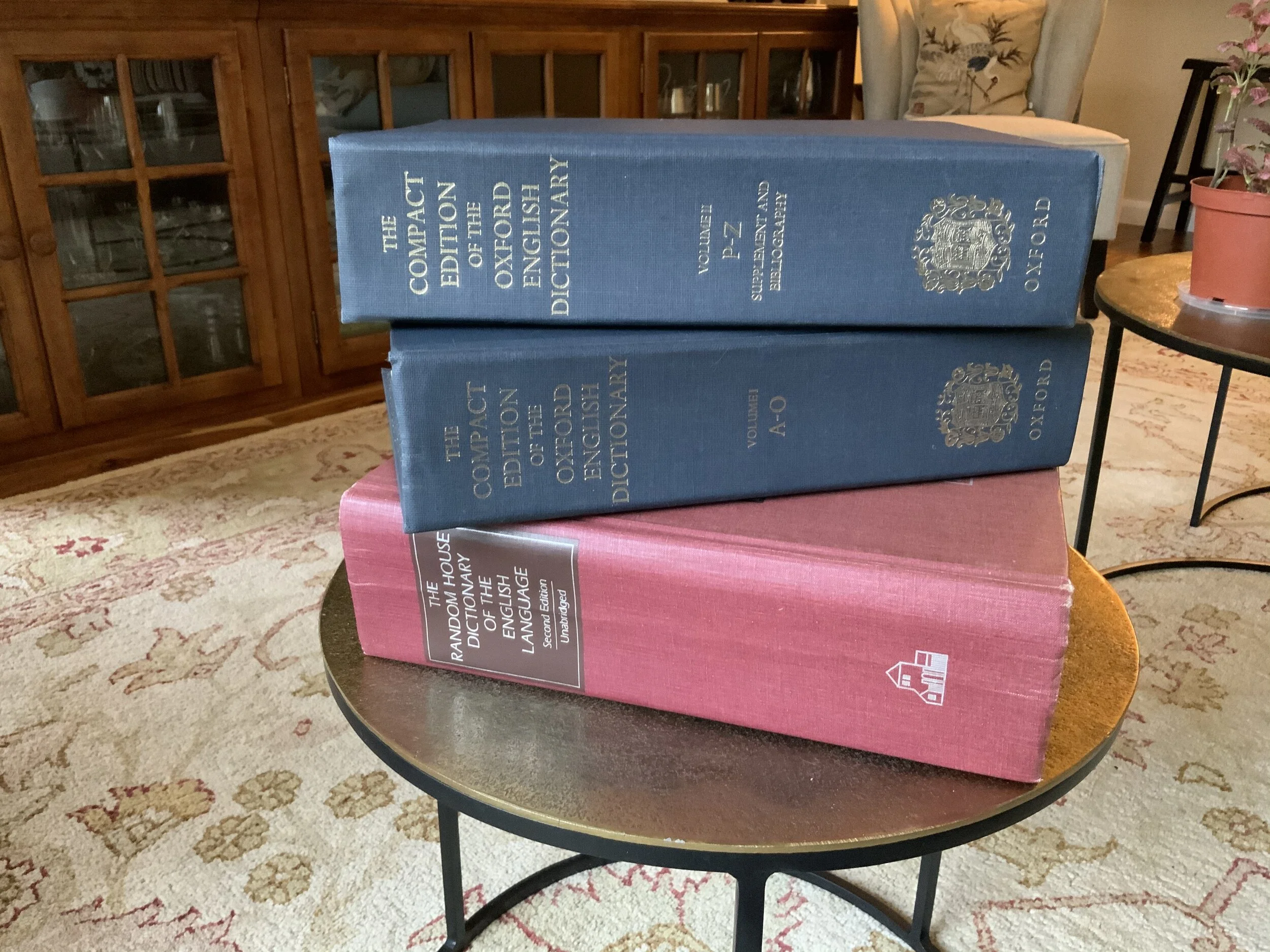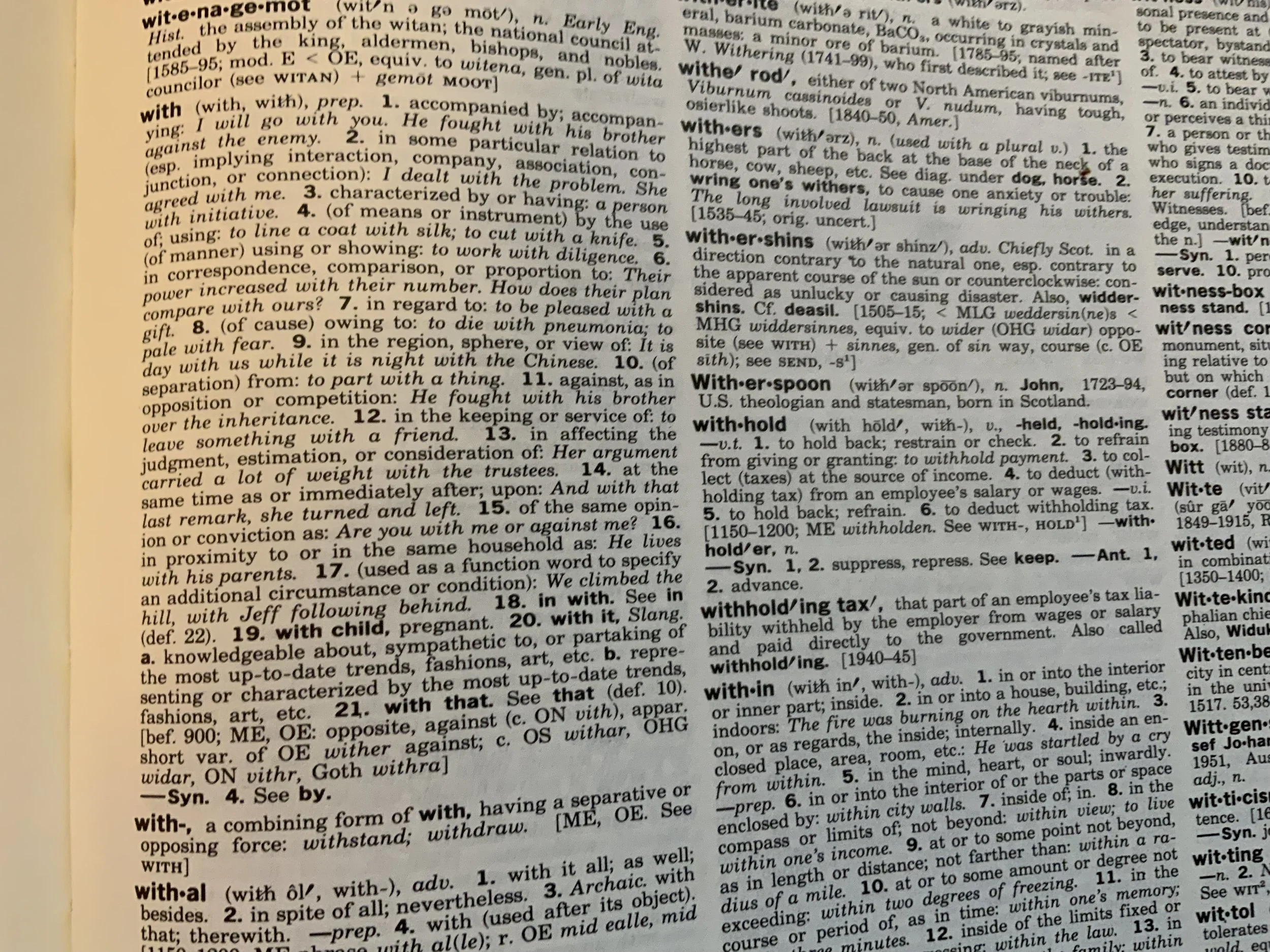#75 A WOMAN'S BRIEFS - A SWIVEL & A THUMB
THE AMAZING THUMB
“Swivel.” If it’s punched, it sounds like an expletive or an exotic drink.
“You sure as heck swiveled up that one!”
Or, “I’ll have a Swivel, please. Dry.”
it’s a noun and it’s a verb. A swivel is nothing more than a coupling between two parts that allows one of those parts to move without turning the other. To swivel means to rotate around an unmoving point. It’s the way some people dance. My desk chair is swiveling now with me in it.
When it comes to our bodies, how many of us appreciate what it takes for the neck, the wrist, the elbow, shoulder, or hip to do it? Like no other living thing, a unique shoulder-wrist swivel structure allows the human to throw overhand with speed and accuracy. Lucky us.
Try that, Penguins! Oh wait. A penguin’s wings do swivel. But a penguin can’t throw overhand. So there.
I bring up this word because I need something good to fill my mind, something profound—and if you don’t know this maneuver as profound, you need to consult a book or ask Chat GPT how it happens. I need something full of wonder, something other than what we call News. I think I’ve found it. One part of the human body has swivel in spades (noun), and can do it (verb) masterfully. Maybe you’ve already guessed it.
The Thumb. “The human hand is unmatched in the animal world,” says Frank R Wilson in his book, “The Hand.” It is the thumb, I say, that makes it so. Wilson reminds us that the thumb is very long, and is opposable—able to move across the palm and touch every finger. The thumb is independent, strong, free to stretch far from the other four digits, and free to swivel. Because it swivels, the thumb enables three types of grasps:
The Power grip – you use it any time you use a hammer to smash your other thumb. The thumb provides counter pressure. It is a buttress against the fingers of the same hand. This lets you hold a bottle of water or a golf club in the way your pro suggests.
A Precision grip – where the thumb and fingertips work together. Holding a key or pen. Trying to fish an insect from your cup of tea uses this grip. So does placing the hand for throwing curve ball.
A Hook grip – Fingers wrap around an object while the thumb acts as a stabilizer. Grip a briefcase handle, or my dog Scooter’s leash. See that thumb applying stable pressure?
HOW CAN WE NOT MARVEL?
The thumb moves as it does thanks to nine muscles coming from the forearm that work like long ribbons round a maypole. The thumb has only two bones. Noticing those things, we might miss the thumb’s third knuckle resting right above the wrist. The thumb has its own pulse, for goodness sake! Did you know that if you should (God forbid) lose a thumb, your big toe (hopefully you have two) can replace it, and it will pretty much function as the thumb did. But back to the swivel. Back to why today is a good day for a story worth hearing (unlike the news). This, from chapter 7, The Hand, by Frank R Wilson.
Even as a boy, George McLean paid close attention to detail. He loved building things, he loved design. An aptitude test suggested he move from chemistry to art. He studied industrial design. Then, while working on his master’s degree from Stanford in art and art education, he managed one day to reach the wrong way to hit a power switch for a saw, a power saw. And . . . well, in his own words,
“I proceeded to reach down, underneath, and put my hand through the blade. Of course, I realized immediately that I’d done something very stupid.”
While his brother-in-law applied a tourniquet to George’s drawing hand where four fingers were now missing, George asked, “Do I still have my thumb?”
“He was thinking at the moment that if he still had his thumb he would be able to hold something; he would have the ability to grip.”
Isn’t it time to celebrate the thumb?
George thought he would have to learn to work with his nondominant hand (but we humans have learned that nondominant hands want only to assist). It gets better. As his hand healed, he realized “how important my art training had been.”
He had been taught to draw using major arm muscles. He had been taught that he wasn’t dependent upon fingertips. Fingertips are nice to have, but the “holder,” the thumb, and the swivel skill of thumb, wrist, elbow, and shoulder make the art. Proof? Here’s McLean’s pen and ink drawing of a garlic made with his right hand, his drawing hand minus four fingers.
PEN & INK by George McLean by way of Thumb & Swivel
For more than thirty years, McLean made his living as an artist, as a contemporary jewelry-maker, and as a faculty member at the prestigious Revere Academy in San Francisco. And for my Vashon Island family members, he lived and worked on your island between 1995 and his death in 2005. It was the thumb and the swivel that saved George’s career.
It is the swivel the human body provides: hips, shoulders, elbows, wrists, and thumb, that allows you to throw overhand, draw without fingers, dance the twist, turn your neck about 90° either direction to see you tapped your shoulder, and—what a blessing – the ability to wag your head to say, “No” to the news.
